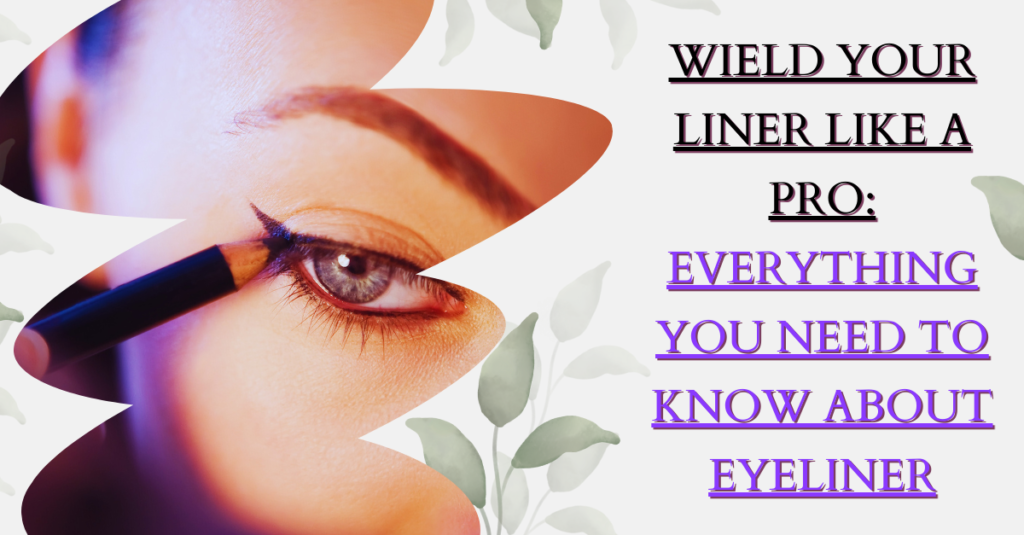The Naked Truth About Becoming a Model: Do You Have What It Takes?
Introduction
In a world where the allure of the fashion and modeling industry dazzles with its glitz and glamour, the question often arises: “Do I have what it takes to be a model?” This question isn’t just about having a pretty face or striking a pose; it’s about meeting a unique set of criteria that form the very foundation of a successful modeling career. Aspiring models often find themselves on an enigmatic journey, shrouded in misconceptions and myths about the industry.
Our quest for answers begins here, as we strip away the illusions and expose the naked truth about what it truly means to be a model. From the ideal height and body proportions to the significance of personality and professionalism, we will explore every facet of the modeling world’s prerequisites. In this article, we’ll not only reveal the essential criteria but also delve into the evolving standards of diversity and inclusivity that are reshaping the industry’s landscape.
So, if you’ve ever dreamed of gracing the runway or becoming the face of a brand, fasten your seatbelt because we’re about to embark on a revealing journey to uncover whether you have what it takes to conquer the modeling world.
The Physical Criteria
1. Height and Body Proportions

The very first thing that comes to mind when envisioning a model is often the image of someone tall and slender gracefully strutting down the runway. Height and body proportions play a pivotal role in the modeling world, as they determine how clothing will hang and drape on the body. But what are the exact standards?
Ideal Height for Models
Runway models, who showcase the latest fashion creations on catwalks, are typically required to be between 5’9″ and 6’0″ for women and around 6’0″ to 6’2″ for men. These height requirements ensure that the clothes flow gracefully and attractively as models walk down the runway. However, it’s worth noting that the fashion industry is becoming more inclusive, and shorter models are finding opportunities in other areas of modeling, like commercial or petite modeling.
Balanced Body Proportions
While height is essential, so too are balanced body proportions. Models should generally have a body mass index (BMI) within the healthy range. An even body-to-leg ratio, well-defined waist, and an overall harmonious figure are highly sought after. It’s crucial to maintain a healthy lifestyle through proper diet and exercise to meet these standards while ensuring you’re comfortable in your own skin.
2. Age Requirements

Age is another significant factor that varies depending on the type of modeling. Different categories of modeling have different age requirements:
Child Models: Child modeling is a category where the age range is relatively young, typically from infancy to around 12 years old. Child models are sought after for various campaigns, including clothing and toy advertisements. However, strict child labor laws and regulations are in place to protect young models.
Teen Models: Teen models are usually between the ages of 13 and 19. They are often featured in youth-focused fashion campaigns, magazines, and advertisements.
Adult Models: For adult models, the age range is broader. It can start from late teens or early twenties and extend well into the thirties, forties, or even beyond. While youth is often favored in the fashion world, there is a growing demand for mature models who represent a broader demographic.
Age Impact on Opportunities: It’s essential to understand that age can impact the types of modeling opportunities available. Younger models may be sought after for high-fashion and editorial work, while older models may find success in commercial, lifestyle, or character modeling. The key is to embrace your age and the unique opportunities it may bring.
Appearance and Grooming

3. Skin and Hair
Clear and healthy skin is a must-have for any model. It serves as the canvas upon which makeup artists work their magic, and it enhances the overall presentation of clothing. Proper skincare, including cleansing, moisturizing, and protection from the sun, is vital to maintain radiant skin.
Versatility in hair is also essential. Models should be prepared to change their hairstyle and color according to the requirements of various fashion shoots and runway shows. This adaptability can set you apart and increase your marketability as a model.
4. Facial Features
Facial features are the model’s calling card. While there’s no one-size-fits-all rule for beauty in the modeling world, symmetry and unique characteristics are often valued. A striking or distinctive look can make a model memorable and sought after.
Symmetry: Facial symmetry, where both sides of the face are balanced, is often considered attractive. However, many successful models break this mold with unique features or asymmetrical qualities.
Versatility: Being able to transform your look is an asset. Models who can look both edgy and elegant, or playful and serious, are in high demand.
5. Fitness and Body Shape

Maintaining a healthy body is a must for models, but it’s essential to differentiate between being healthy and adhering to unrealistic beauty standards. Models should aim for a healthy, sustainable body shape and fitness level.
Diet and Exercise: A balanced diet and regular exercise are essential for staying in shape. Crash diets and extreme workout routines are discouraged as they can harm your health.
Body Positivity: The modeling industry is evolving to embrace various body types and promote body positivity. Plus-size, petite, and athletic models are gaining recognition, breaking away from the traditional mold.
Personality and Professionalism
6. Confidence and Charisma
Confidence is a model’s secret weapon. The ability to exude confidence while on the runway or in front of the camera can set you apart from the competition. Confidence isn’t just about appearance; it’s about believing in yourself and your abilities.
Charisma and a magnetic personality are also valuable assets. Models who can connect with the audience and leave a lasting impression are more likely to succeed.
7. Work Ethic and Professionalism
The modeling world demands professionalism. This includes punctuality, reliability, and the ability to work effectively in a team. Modeling often involves long hours and a fast-paced environment, so having a strong work ethic is crucial.
Dealing with rejection and criticism is part of the job. Models must develop resilience and the ability to learn and grow from feedback. Not every casting call will result in a job, but each experience can be a stepping stone to success.
Portfolio and Training

8. Building a Modeling Portfolio
A modeling portfolio is your visual resume. It’s a collection of your best photographs that showcase your versatility as a model. A well-curated portfolio can make or break your chances in the industry.
Professional Photographs: Invest in high-quality, professional photographs. These are the first impression you’ll make on potential clients and agencies.
Variety: Your portfolio should include a range of images showcasing different looks, poses, and styles. It should demonstrate your ability to adapt to various modeling assignments.
9. Modeling Agencies and Schools
Many successful models start their careers with the help of modeling agencies. These agencies provide crucial support, connections, and opportunities. When seeking representation, research reputable agencies and attend open calls or submit your portfolio online.
Formal training and workshops can also enhance your modeling skills. These programs cover topics like runway walking, posing, and professional etiquette. While not mandatory, they can give you a competitive edge and help you build confidence in your abilities.
Legal and Ethical Considerations
10. Age and Consent
When it comes to child modeling, there are strict regulations in place to protect minors. Parents or guardians must be involved in the decision-making process, and child labor laws must be followed. It’s essential to ensure that the child’s well-being and education are not compromised.
For adult models, understanding contracts and agreements is crucial. Be aware of the terms and conditions in modeling contracts, including compensation, exclusivity, and image rights. Consult with legal professionals if necessary to protect your interests.
Diversity and Inclusivity
11. The Changing Landscape of the Modeling Industry
The modeling industry is undergoing a transformation. There is a growing push for greater diversity and inclusivity, challenging traditional beauty norms and celebrating uniqueness and individuality.
Diversity in Models: There is an increasing demand for models of various ethnic backgrounds, body sizes, gender identities, and ages. This shift reflects a more inclusive and realistic portrayal of society.
Breaking Stereotypes: The industry is working to break stereotypes and promote body positivity. Campaigns and advertisements now often feature models with disabilities, unconventional looks, and unique styles.
Conclusion
In conclusion, becoming a model requires much more than just a pretty face or an attractive figure. It’s about meeting specific physical criteria, maintaining your appearance and grooming, developing a confident and professional demeanor, and continuously improving your skills. Building a strong portfolio, seeking representation from reputable agencies, and understanding the legal aspects of the industry are essential steps on your modeling journey.
Moreover, the modeling industry is evolving, embracing diversity, and challenging long-held beauty standards. So, while meeting the traditional criteria is important, there is also room for models of all backgrounds, sizes, and ages to shine. The naked truth about becoming a model is that it’s not a one-size-fits-all path. It’s about finding your unique place in an ever-changing and diverse industry and having the confidence to pursue your dreams while staying true to yourself.

My name is Rohit Vagh and I’m a content writer specializing in fashion and lifestyle. I have three years of experience in this field and have written various articles. My writing style is creative and engaging, and I strive to create content that resonates with my readers. I have a deep passion for fashion and am constantly researching the latest trends and styles to make sure my readers are up to date. I’m excited to continue my career in blogging, and I’m always looking for new opportunities in the fashion and lifestyle space.





